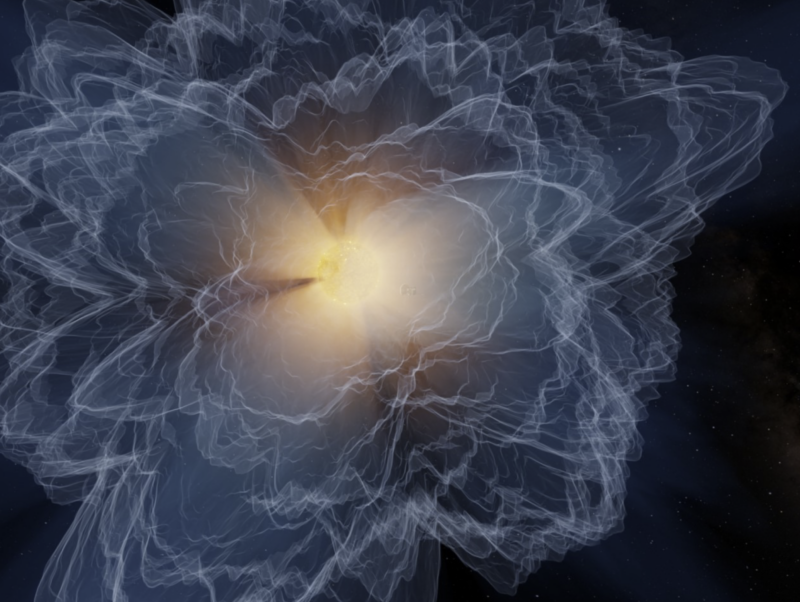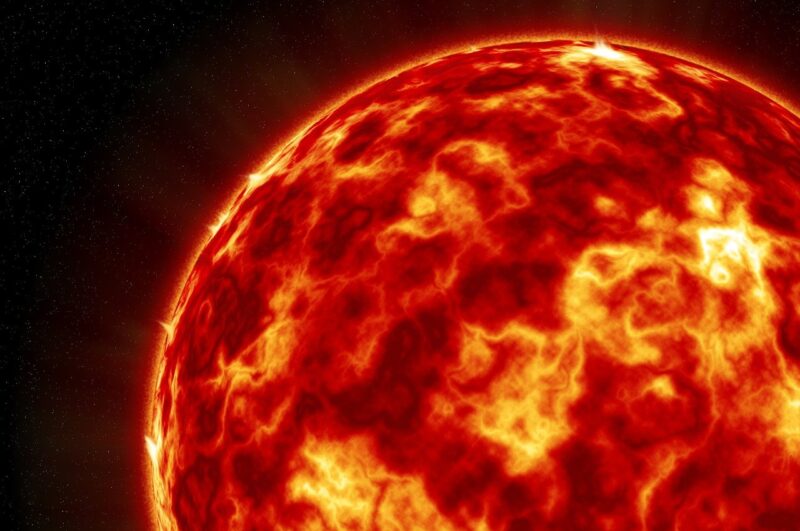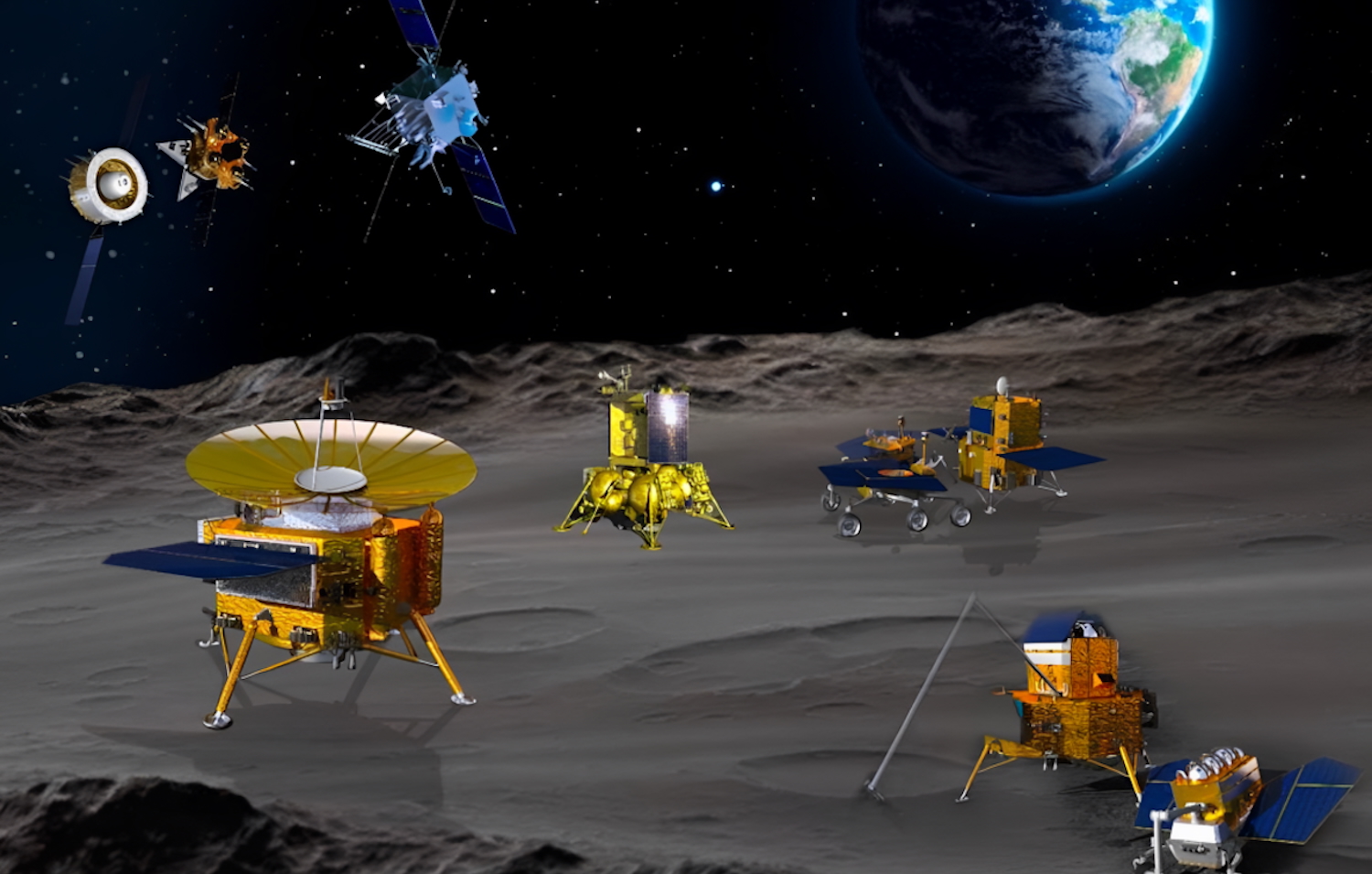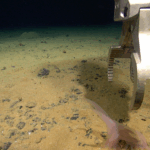Now Reading: Surprise! Glaciers on Mars are made of mostly pure ice
-
01
Surprise! Glaciers on Mars are made of mostly pure ice
Surprise! Glaciers on Mars are made of mostly pure ice
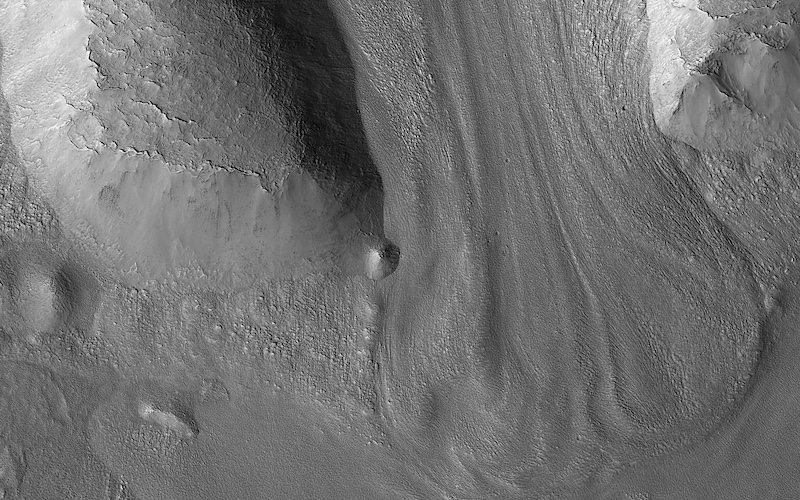
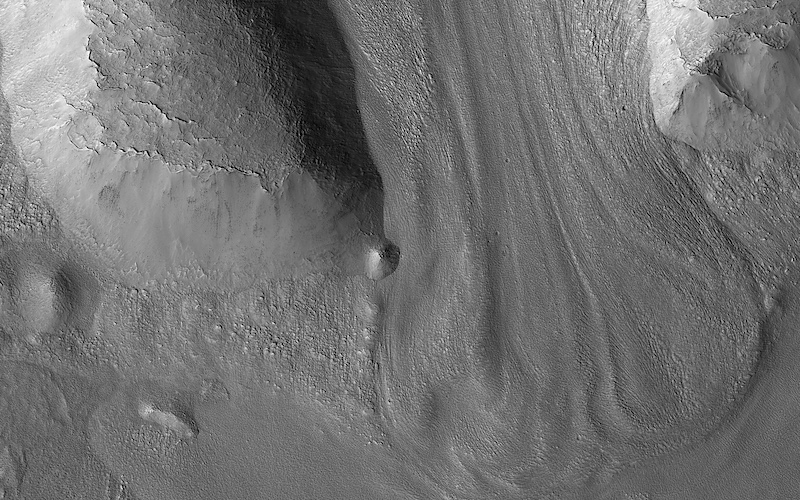
- Glaciers are common on Mars, just like on Earth. Scientists had thought they were mostly rocky material, covered in ice.
- But Martian glaciers are at least 80% pure ice, according to a new study.
- The glaciers are physically similar across the planet, suggesting common formation processes.
Glaciers on Mars
Like Earth, Mars has slow-moving bodies of ice called glaciers. Scientists have thought they were composed mostly of rock, with a covering of ice. But now, researchers in Israel, Canada and the U.S. have conducted a new study of this Martian flowing ice. They said on July 24, 2025, that surprisingly the glaciers are over 80% pure ice. The researchers added that this means glaciers across Mars are likely to have similar levels of purity.
The findings provide further clues about the history of Mars’ climate. The glaciers could also be a potential source of water for future astronauts.
The research team, led by Yuval Steinberg, a recent graduate of the Weizmann Institute of Science in Israel, published their peer-reviewed results in the journal Icarus on July 12, 2025.
Ultimately, this provides a clearer understanding of Mars’ climate history and a possible resource for future utilization. ? ? Read more: buff.ly/AqH04CC
— Planetary Science Institute (@psi.edu) 2025-07-24T21:00:46.314Z
Incomplete data
For the new study, the researchers looked to past research for assistance. But there was a problem. When it came to studies of debris-covered glaciers on Mars at different locations, the data were incomplete. Co-author Isaac Smith at the Planetary Science Institute in Tucson, Arizona, and York University in Toronto, Canada, said:
Different techniques had been applied by researchers to various sites, and the results could not be easily compared. One of the sites in our study had never been studied, and at two of the five sites we used, only partial analysis had been completed previously.
To rectify this, the team took a different approach. They made the analysis procedures more standardized. They used two specific types of analysis to do this. First, they measured the dielectric property of the glaciers (measuring how quickly radar waves move through a material). Then, they analyzed the loss tangent, or dielectric loss (a measure of how quickly energy dissipates from radar waves into a material).
By doing this, the researchers could determine the ratio of rock to ice within the glaciers.

5 locations across Mars
The researchers had four locations with glaciers to study with the improved techniques. They then identified a 5th one. This one would be ideal for NASA’s Mars Reconnaissance Orbiter to study with its SHAllow RADar (SHARAD) instrument.
SHARAD can peer below the surface to see glaciers or other ice deposits covered by rock and sand.
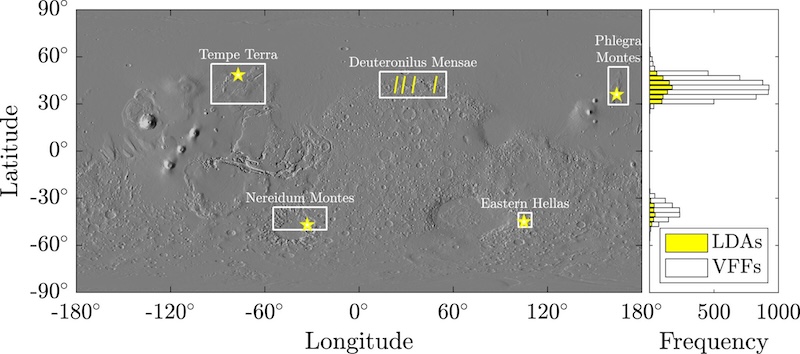
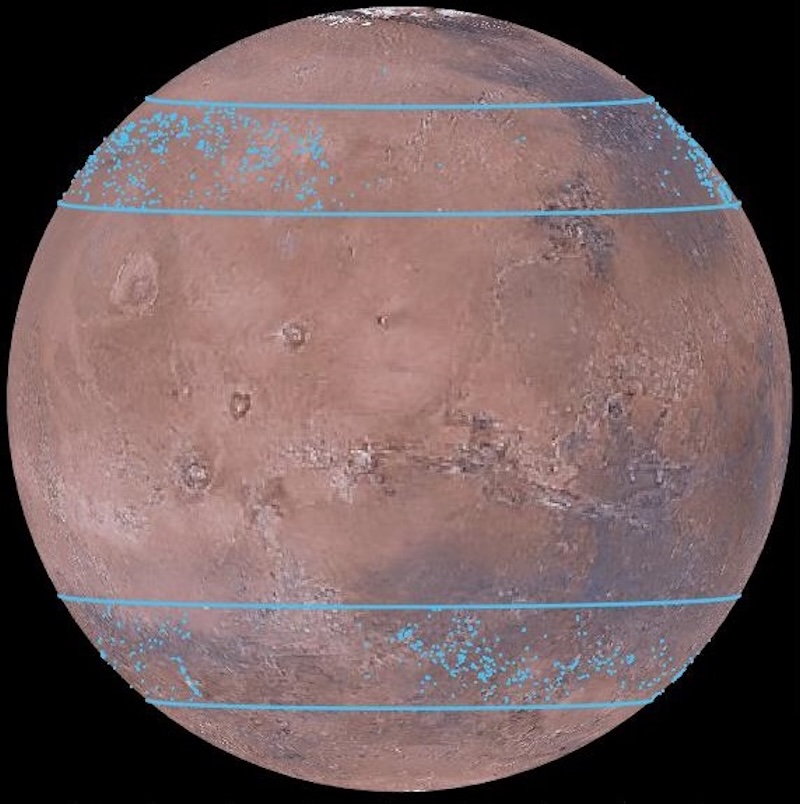
Glaciers on Mars are very similar
One of the key findings of the new study is that glaciers all over Mars are nearly the same in terms of their physical properties. This implies a consistent process of formation everywhere on the planet. As Smith noted:
This is important because it tells us that the formation and preservation mechanisms are probably the same everywhere. From that, we can conclude that Mars experienced either one widespread glaciation or multiple glaciations that had similar properties. And, by bringing together these sites and techniques for the first time, we were able to unify our understanding of these types of glaciers.
Knowing how the glaciers formed will help scientists better understand the history of Mars’ climate going back billions of years. In addition, these extensive ice deposits could also be an important water resource for future astronauts.
Bottom line: Glaciers on Mars are at least 80% pure ice, according to a new study. Scientists had previously thought they contained a lot more rocky material.
Via Planetary Science Institute
Read more: Mars has belts of glaciers
Read more: Salt glaciers on Mercury could harbor habitable niches
The post Surprise! Glaciers on Mars are made of mostly pure ice first appeared on EarthSky.
Stay Informed With the Latest & Most Important News
Previous Post
Next Post
-
 012024 in Review: Highlights from NASA in Silicon Valley
012024 in Review: Highlights from NASA in Silicon Valley -
 02Panasonic Leica Summilux DG 15mm f/1.7 ASPH review
02Panasonic Leica Summilux DG 15mm f/1.7 ASPH review -
 03From Polymerization-Enabled Folding and Assembly to Chemical Evolution: Key Processes for Emergence of Functional Polymers in the Origin of Life
03From Polymerization-Enabled Folding and Assembly to Chemical Evolution: Key Processes for Emergence of Functional Polymers in the Origin of Life -
 04How New NASA, India Earth Satellite NISAR Will See Earth
04How New NASA, India Earth Satellite NISAR Will See Earth -
 05And Thus Begins A New Year For Life On Earth
05And Thus Begins A New Year For Life On Earth -
 06Astronomy Activation Ambassadors: A New Era
06Astronomy Activation Ambassadors: A New Era -
07SpaceX launch surge helps set new global launch record in 2024












